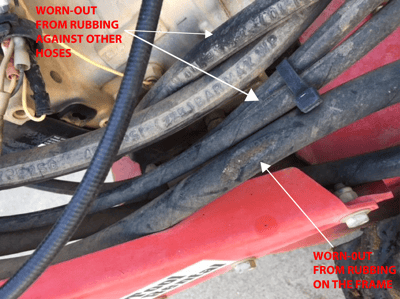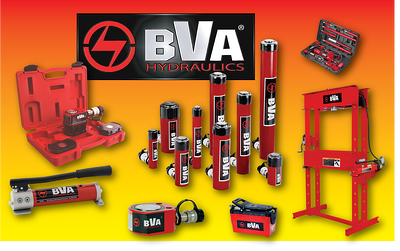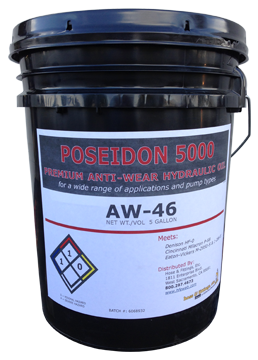Table of Contents
Two previous blogs on our website address the dangers of fluid injection injuries. We recently received a comment on one of the articles from a person who sustained a hydraulic injection injury himself. It was only by luck that he received the surgery he needed; he was almost dismissed with a bandage on his finger.
In his comment, he writes, “… Any business that deals with pressurized fluids needs to have readily available documentation that will convince medical personnel of the critical nature of injection injuries. This documentation should be presented to the ER staff on arrival of the accident victim.”
We agree wholeheartedly, so we put together a document anyone can print out from our website – Be Prepared in the Event of a High Pressure Fluid Injection Injury. Motion & Flow Control Products, Inc. does not intend to dispense medical advice, but we included links to several sources discussing injection injury severity and urgency of treatment. You can print out the articles most appropriate for you and have them handy to provide to medical staff should an injection injury occur.
In the event of an injection injury ...
- Note the time of injection.
- Identify injected fluid – obtain Material Safety Data Sheet (MSDS) whenever possible.
- Collect documents establishing the urgency of injection injury treatment to share with the medical staff evaluating the injury.
- IMMEDIATELY SEEK MEDICAL CARE
Additional Resources
Read other blogs about injection injuries.
- Danger of Hydraulic Oil Injection Injuries – please be aware that this blog contains graphic images of injuries. To avoid viewing these images, modify your browser settings so that images do not display automatically.
- True Story about a Hydraulic Oil Injection Injury
Download and read Injection Injury: Planning and Prevention by Gary Kleier and Doug Honig. Gary Kleier is the Training and Development Manager for Parker Hannifin Corporation’s Fluid Connectors Group. Doug Honig is the Marketing Services Manager for Parker Hannifin Corporation’s Hose Products Division.
Parker Hannifin also offers safety training through their SafetyWorks program. SafetyWorks recommends creating pre-printed valet cards for distribution to all employees working around any hydraulic equipment. On one side should be contact information of a local medical facility (including surgeons’ names) familiar with treatment of hydraulic injection injuries. The other side of the card is used to record important information about the injury: fluid injected, time of the injury, system pressure, and volume injected.
Contact the Fluid Power Safety Institute for training videos and materials which may be helpful while preparing your staff for the event of a high pressure fluid injection injury.
Posted by Marek Bobik



